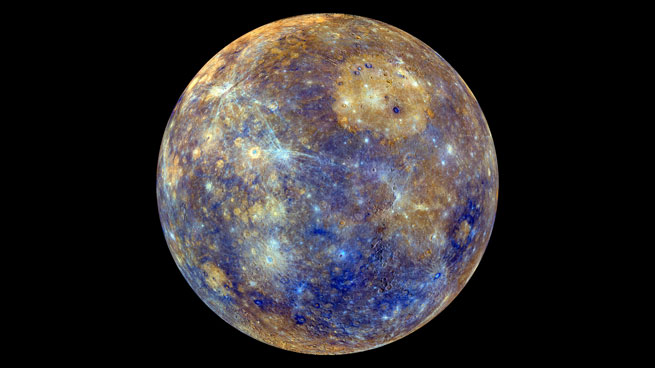On Monday 11 November, people in most parts of the world, including South Africa, will be able to watch Mercury passing in front of the sun. This rare event only happens around 13 times per century and won’t be seen from our Earth again until 2032.
A transit occurs when a planet crosses in front of a star. From Earth, we only get to witness two planets, Mercury and Venus, transit the sun.
When Mercury, the smallest planet in our Solar System, moves across the sun on 11 November, it will appear as a small black spot moving slowly.

Mercury. Image: NASA/ Creative Commons
You will need a telescope with a sun filter or binoculars with a sun filter to see it. If you don’t have a proper sun filter, you can see if any astronomy clubs near you will be hosting viewings of the Mercury transit.
The United State’s National Aeronautics and Space Administration (NASA) warns: ‘Looking at the sun directly or through a telescope without proper protection can lead to serious and permanent vision damage. Do not look directly at the sun without a solar filter.’
Images of the entire transit will be available on the Mercury Transit website.
The transition will take around 5.5 hours and will begin at 2:35pm South African time (4:35 a.m. PST) and at approximately 5:19pm SA time Mercury will be close to the centre of the sun.
Mercury has a diameter of 4,879 km, which is about 38% of the Earth’s diameter, while the sun has a 1,391 million-kilometre diametre.
Watch NASA’s footage of the last Mercury transit, which took place on 9 May 2016, below.
Another reminder to be cautious, as looking directly at the sun can cause permanent vision damage.
You may also like
Related Posts
China’s National Health Commission has published a list of controversial coronavirus treatments that have animal...
read more
Warmer sea temperatures in the summer months, especially in February, were recorded and are believed...
read more
The latest report indexing the world's happiest countries has highlighted the important role of...
read more